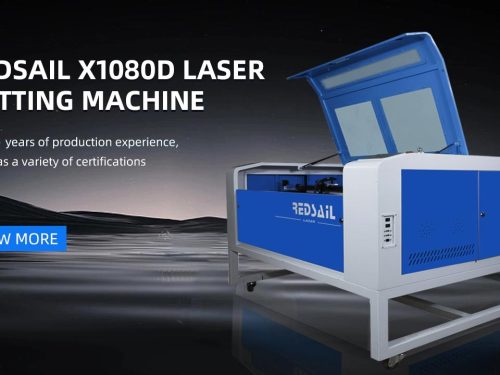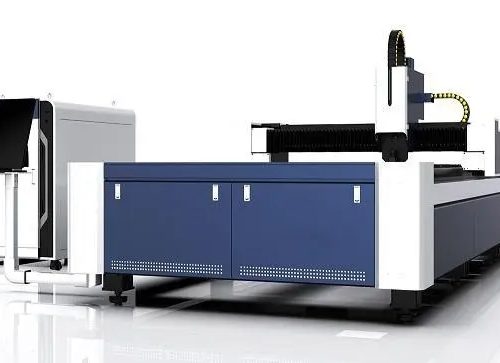
1、 Laser melting cutting
- In laser melting cutting, after the workpiece is partially melted, the melted data is ejected by the air flow. Since the transportation of data only occurs in its liquid state, this process is called laser melting cutting.
- The laser beam coupled with the high-purity lazy cutting gas promotes the melted data to leave the slit, and the gas itself does not participate in the cutting.
- Laser melt cutting can achieve a higher cutting speed than gasification cutting. The energy required for gasification is generally higher than that required for melting the data. In laser melting cutting, the laser beam is only partially absorbed.
2、 Laser flame cutting
The difference between laser flame cutting and laser melting cutting is that it uses oxygen as cutting gas. By virtue of the interaction between oxygen and the heated metal, chemical reactions occur to further heat the data. For structural steel with the same thickness, the cutting rate obtained by this method is higher than that by melting cutting.
On the other hand, the cutting quality of this method is worse than that of melting cutting. In fact, wider slits, significant roughness, increased heat affected zone area and worse marginal mass are generated.
3、 Laser gasification cutting
In the process of laser gasification cutting, the data gasifies at the slit, which requires very high laser power. In order to avoid the data vapor condensing on the slit wall, the data thickness must not greatly exceed the laser beam diameter, so this processing is only suitable for the case where there is no molten data discharged. In fact, this processing is only used in a very small application range of iron-based alloys.










